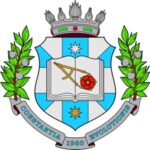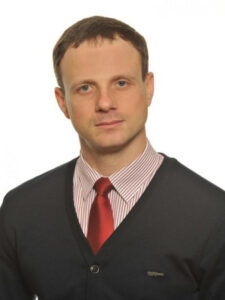 |
About the organization
Cherkasy State Technological University (ChSTU) is located in the administrative center of Cherkasy region, the geographical center of Ukraine. ChSTU is a leading scientific, pedagogical, and informational center that trains qualified and competitive professionals with a high level of professional competence, at the same time pursuing the principles of intellectual activity and social responsibility, and integrating forefront standards into its time-tested educational and scientific traditions. It is a hub for educational, scientific, technical, innovative, and methodological activities of the region, bringing together specialists from the region and all over Ukraine, and promoting partnership in educational, scientific, social, and cultural spheres.
Mission of ChSTU:
- Effective training of competitive professionals
- Creating conditions for innovative development, professional success, and personal self-actualization
- High-quality educational activities
- Providing national, cultural, ecological, and legal education
- Generating topical and independent scientific ideas, development of new technologies
Organisational structure:
- Faculty of technology, construction, and environmental management
- Faculty of electronic technologies, motor vehicles, and mechanical engineering
- Faculty of economics and management
- Faculty of information technology and systems
- Faculty of humanitarian technologies
- Educational and research center for foreign students
Research activity:
- 12 scientific schools
- Ukrainian and international research grants
- Scientific society of graduate students, doctoral students, and young scientists
- Specialized academic councils that award Doctor of Science and PhD degrees
Key facts about ChSTU:
- Full-time and distant educational programmes:
- Bachelor – 50
- Bachelor short cycle – 42
- Master – 35
- Postgraduate – 15
- Academic stuff – 360+;
- Undergraduate and graduate students – 4200+;
- Postgraduate students – 170+;
- International students – 60+;
- Library;
- 2 museums:
- Computer classes – 34;
- Educational buildings – 7;
- Recreation centers – 2;
- Departments – 35;
- Lecture halls – 250;
- Dormitories – 4.
Contact person:
Vice-Rector for Research and International Relations




